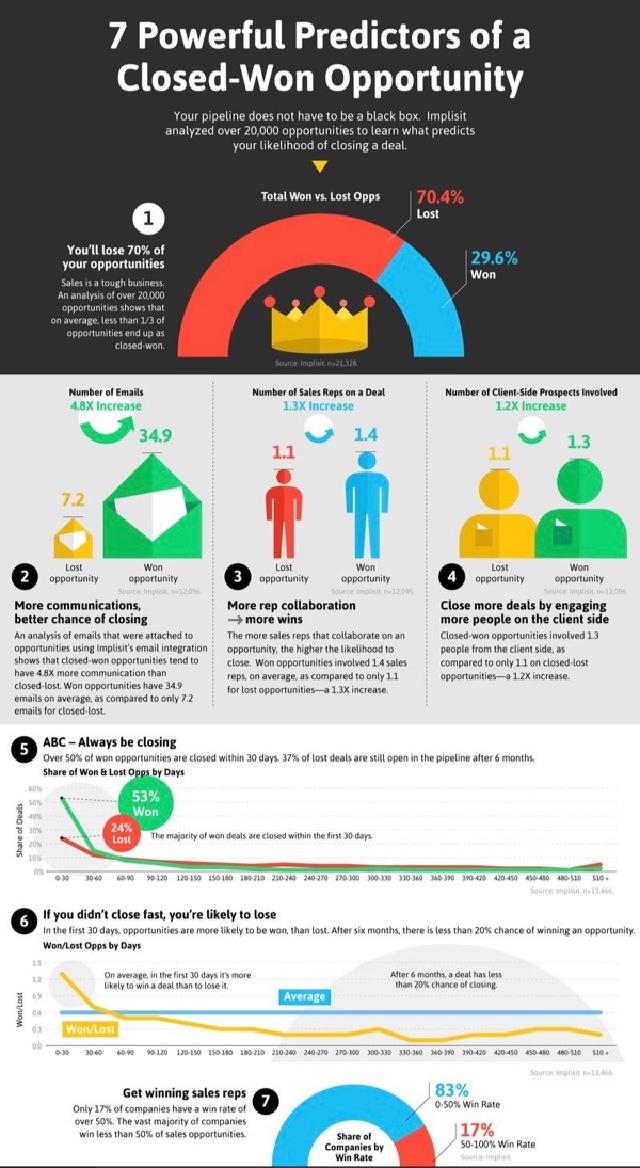In today’s data-driven business landscape, relationship management plays a crucial role in building strong connections with customers, clients, and partners. To maximize the potential of these relationships, organizations are turning to Relationship Management Intelligence, which involves harnessing the power of communication data to derive valuable insights. By analyzing data from various sources, such as emails, calendar activity, and internal messaging, businesses can identify missing CRM contacts, recommend connections, generate activity metrics, and assess opportunities with greater precision and effectiveness. In this blog post, we’ll explore how Relationship Management Intelligence empowers organizations to optimize their relationship-building strategies.
Identifying Missing CRM Contacts:
One of the challenges organizations face is maintaining an up-to-date and comprehensive CRM database. Relationship Management Intelligence helps tackle this issue by analyzing communication data, such as email correspondence and appointment scheduling, to identify missing contacts. By leveraging data patterns and analyzing interactions, businesses can uncover valuable contacts that have not been added to the CRM system. This ensures that the CRM database remains accurate and complete, enabling businesses to nurture relationships with all relevant stakeholders.
Recommending Connections:
Communication data analysis goes beyond identifying missing contacts. It also facilitates the discovery of recommended connections, internal and external. By analyzing various data points such as communication patterns, past interactions, shared interests, and mutual connections, relationship management platforms could suggest key individuals or contacts who hold significance within the context of a particular customer or business opportunity.
These recommended important connections are intended to help users identify influential stakeholders, decision-makers, or potential champions within their network. By highlighting these connections, relationship management platforms could facilitate stronger relationships, foster collaboration, and drive successful sales and business outcomes.
- Internal connections: These insights empower teams to connect, collaborate, and maximize their collective potential, driving efficiency and innovation across the organization. Studies have shown that involving more than one sales rep increases win rates.
- External connections: These insights allow teams to engage more people from the client-side. Studies have shown that involving as many people from the client-side as possible right from the start increase the likelihood to close a business deal.
Generating Activity Metrics:
Activity metrics are vital for understanding the level of engagement and effectiveness of relationship management efforts. By analyzing communication data, including email interactions, calendar activities, and internal messaging, relationship management platforms could produce insightful activity metrics. These metrics provide a comprehensive overview of the frequency, quality, and depth of interactions with various stakeholders. With this information, organizations can measure engagement, identify gaps or bottlenecks, and fine-tune their relationship management strategies to drive better outcomes.
Assessing Opportunities:
A key aspect of Relationship Management Intelligence is the ability to assess opportunities with a data-driven approach. By leveraging activity metrics, involving cross-functional teams, and actively engaging clients, businesses can gain a comprehensive understanding of opportunities, effectively allocate resources, and drive better outcomes.
By leveraging activity metrics and evaluating the frequency, depth, and quality of interactions, organizations gain a holistic understanding of the strength and potential of their relationships. This data-driven evaluation empowers businesses to make informed decisions, prioritize opportunities, and allocate resources effectively. By focusing on the most promising opportunities, organizations can optimize their efforts, increase efficiency, and maximize the likelihood of success.
Furthermore, team involvement plays a vital role in opportunity assessment. By engaging cross-functional teams, organizations can tap into diverse perspectives, leverage collective expertise, and ensure a comprehensive evaluation of opportunities. Collaborative decision-making not only enhances the quality of assessments but also fosters a sense of ownership and accountability within the team.
In addition to internal team involvement, client engagement is equally crucial in the opportunity assessment process. By actively involving clients in the evaluation process, businesses gain deeper insights into their needs, preferences, and expectations. Client feedback and collaboration facilitate a more accurate assessment, ensuring that the proposed opportunities align closely with client goals and objectives.
Just see this great infographics by a company acquired by Salesforce whose technology went to be at the core of the Salesforce’s EAC product.

Conclusion:
Relationship Management Intelligence, powered by the analysis of communication data like emails, calendar activity, and internal messaging, provides organizations with a competitive edge in building and nurturing relationships. By leveraging these valuable insights, businesses can identify missing CRM contacts, discover recommended connections, generate activity metrics, and assess opportunities with precision. Embracing Relationship Management Intelligence enables organizations to optimize their relationship-building strategies, foster meaningful connections, and drive growth in an increasingly interconnected business landscape.
